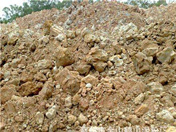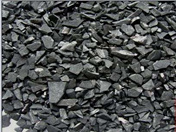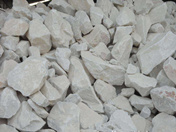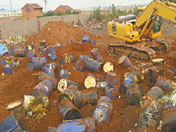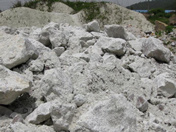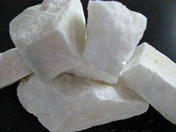Zhengzhou Taida welcome your visiting to our website!
 SITEMAP|
中文站|
CONTACT US|
ONLINE MESSAGE
SITEMAP|
中文站|
CONTACT US|
ONLINE MESSAGE
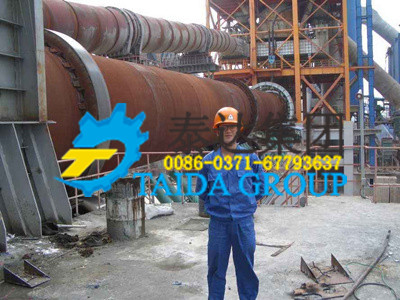
Limonite Rotary Kiln
Specifications:
Limonite calcination rotary kiln is applied to calcination of limonite and hematite. It belongs to building material equipment kind. According to types of materials, rotary kiln can be divided into three types, cement rotary kiln, metallurgy chemical rotary kiln and limestone kiln.
Application Range:widely applied to chemical, building, mining and metallurgy industry;
Applicable Materials:Sponge iron and reduced iron, iron ore, chromite, nickel ore, reduced iron, magnesium.






The production process of iron oxide red takes advantage of natural rich brown iron.
After crushing, classification, beneficiation, filtering, drying and calcining process, iron oxide red can be got.
This production process is short and only needs natural limonite as raw material.
There is no chemical reaction process in the whole production process.
Compared with present production process, it costs less and can save a great amount of expense for customers.
Therefore, using rotary kiln to produce iron oxide red is characterized by large production scale and high efficiency.
Proper control is a key point. In the calcining process of rotary kiln, temperature control process is a very important step.
Temperature control is closely relevant to the stability, quality, energy consumption and production safety of products.
Working Principle
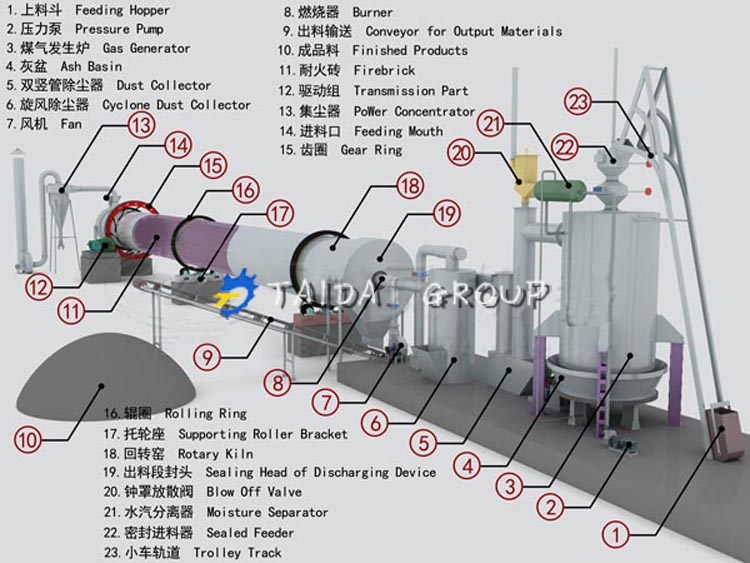
1. After storage, raw ore will be directly fed to tail of rotary kiln after passing by belt weigher, belt conveyor, silo and air-lock valve. In order to save investment, there is only a stability bunker at the end of kiln.
2. After entering limonite rotary kiln, ore will be heated first. Raw ore and hot air will move forward reversely. At heating part, raw ore will be heated to reduction temperature and enter reduction zone.
3. The temperature of flame center in reduction zone should be controlled at 1000 degree. The hot air’s temperature at reduction zone should be controlled at 700 degrees and reverted to magnetite after reacting with reducing gas.
4. Then, ore will enter cooling area and meet with coal gas. Coal gas will be preheated. Ore will be discharged out after being cooled. After being water-cooled by continuous bucket conveyor, ore will be sent to storage.
Latest Delivery
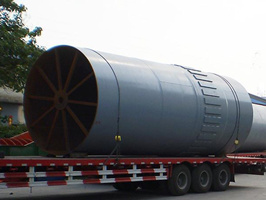
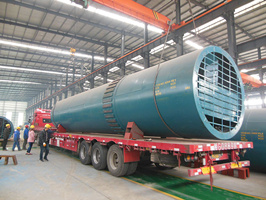
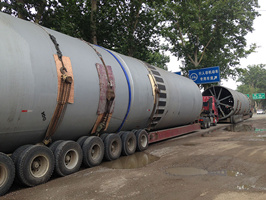
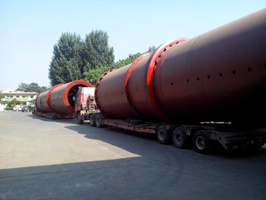
Project Case

Jinan 350TPD Lime Kiln Production Line
Attracted by lime rotary kiln manufactured by china famous rotary kiln supplier, Zhengzhou Taida, Jinan customer purchased a whole set of lime rotary kiln calcining machine to fulfill final production aim. The picture shown above presents the real working condition of Taida lime rotary kiln.
Raw material: Lime
Output capacity:350T/D

10TPH Russia Gypsum Production Site
Gypsum with high moisture is sent to hopper. Then, gypsum will enter the feeding end of rotary kiln dryer. Under this situation, the inclination of feeding end will be larger than natural inclination of gypsum.then, gypsum will enter rotary kiln dryer smoothly. calcining rotary kiln is a rotary drum with certain inclination.
Raw material:Phosphaste gypsum
Output capacity:1-10T/H
Technical Parameters
|
Specifications (m) |
Dimension | Power (kw) | Total weight (t) | Notes | ||||
| Diameter (m) | Length (m) | Inclination (%) | Output (t/h) | Rotary speed (r/min) | ||||
| Φ2.5×40 | 2.5 | 40 | 3.5 | 180 | 0.44-2.44 | 55 | 149.61 | With vertical preheater |
| Φ2.5×50 | 2.5 | 50 | 3 | 200 | 0.62-1.86 | 55 | 187.37 | ---- |
| Φ2.5×54 | 2.5 | 54 | 3.5 | 204 | 0.48-1.45 | 55 | 196.29 | ---- |
| Φ2.7×42 | 2.7 | 42 | 3.5 | 320 | 0.10-1.52 | 55 | 198.5 | ---- |
| Φ2.8×44 | 2.8 | 44 | 3.5 | 400 | 0.437-2.18 | 55 | 201.58 | Decomposition outside the kiln |
| Φ3.0×45 | 3 | 45 | 3.5 | 500 | 0.5-2.47 | 75 | 210.94 | ---- |
| Φ3.0×48 | 3 | 48 | 3.5 | 700 | 0.6-3.48 | 100 | 237 | Decomposition outside the kiln |
| Φ3.0×60 | 3 | 60 | 3.5 | 300 | 0.3-2 | 100 | 310 | Bauxite calcining kiln |
| Φ3.2×50 | 3.2 | 50 | 4 | 1000 | 0.6-3 | 125 | 278 | Decomposition outside the kiln |
| Φ3.3×52 | 3.3 | 52 | 3.5 | 1300 | 0.266-2.66 | 125 | 283 | preheat decomposition |
| Φ3.5×54 | 3.5 | 54 | 3.5 | 1500 | 0.55-3.4 | 220 | 363 | preheat decomposition |
| Φ3.6×70 | 3.6 | 70 | 3.5 | 1800 | 0.25-1.25 | 125 | 419 | Residual heat power |
| Φ4.0×56 | 4 | 56 | 4 | 2300 | 0.41-4.07 | 315 | 456 | preheat decomposition |
| Φ4.0×60 | 4 | 60 | 3.5 | 2500 | 0.396-3.96 | 315 | 510 | preheat decomposition |
| Φ4.2×60 | 4.2 | 60 | 4 | 2750 | 0.4-3.98 | 375 | 633 | preheat decomposition |
| Φ4.3×60 | 4.3 | 60 | 3.5 | 3200 | 0.396-3.96 | 375 | 583 | preheat decomposition |
| Φ4.5×66 | 4.5 | 66 | 3.5 | 4000 | 0.41-4.1 | 560 | 710.4 | preheat decomposition |
| Φ4.7×74 | 4.7 | 74 | 4 | 4500 | 0.35-4 | 630 | 849 | preheat decomposition |
| Φ4.8×74 | 4.8 | 74 | 4 | 5000 | 0.396-3.96 | 630 | 899 | preheat decomposition |
| Φ5.0×74 | 5 | 74 | 4 | 6000 | 0.35-4 | 710 | 944 | preheat decomposition |
| Φ5.6×87 | 5.6 | 87 | 4 | 8000 | Max4.23 | 800 | 1265 | preheat decomposition |
| Φ6.0×95 | 6 | 95 | 4 | 10000 | Max5 | 950×2 | 1659 | preheat decomposition |
Core Equipment
Applicable Materials
